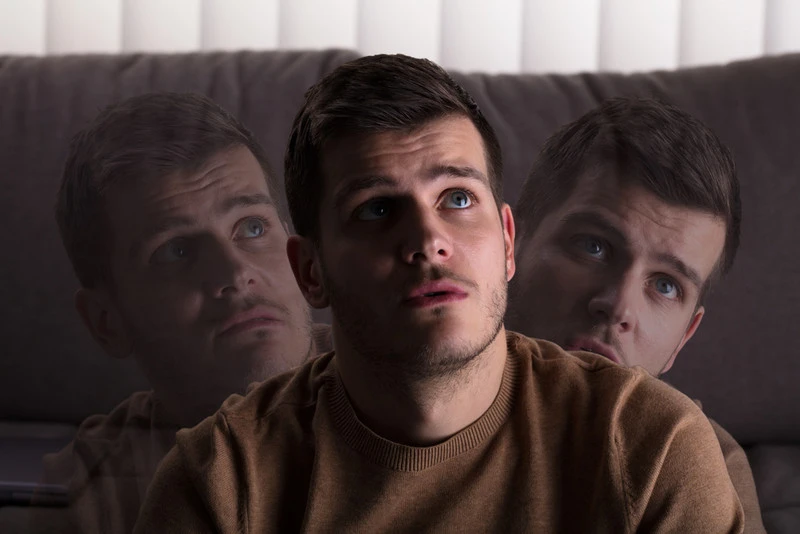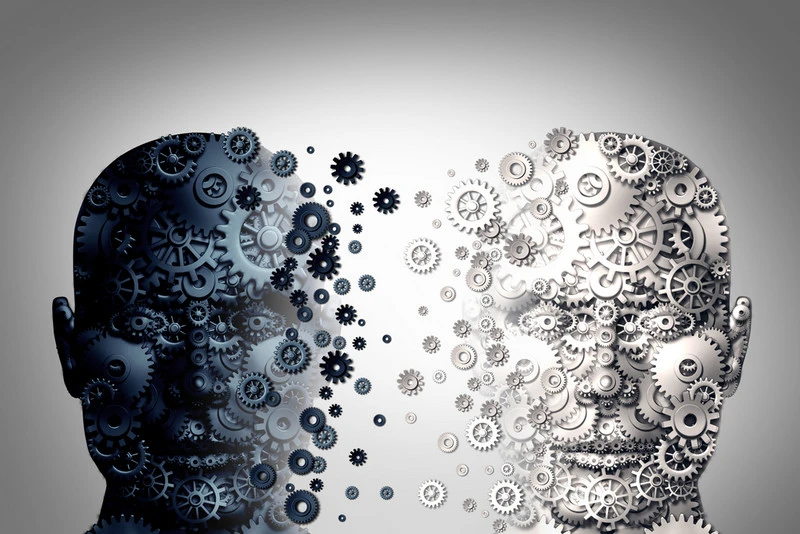This article will provide insight into the intriguing realm of Transcranial Magnetic Stimulation (TMS) and its potential as a groundbreaking therapy for Bipolar Disorder.
Bipolar disorder is a lifelong illness that currently has no cure but instead has ways to manage symptoms. Current management hinges almost exclusively on medication to deal with manic or depressive episodes, as well as concurrent therapy to provide coping mechanisms and stress management techniques.
However, at the root of many depressive episodes is dysfunction in certain parts of the brain, which studies now show can be successfully treated to temporarily relieve symptoms with transcranial magnetic stimulation.
Bipolar Disorder
Bipolar disorder is an episodic illness that affects between 1% and 2% of the population. Episodic means the condition is defined by manic and/or depressive episodes, and these episodes can come and go throughout the course of an individual’s life, with changes in severity based on different circumstances.
Transcranial Magnetic Stimulation (TMS)
Transcranial magnetic stimulation is a safe, non-invasive form of treatment that has virtually no side effects. There is no post-procedure recovery, nor are there any risks of anesthesia. The most common side effects are discomfort or headache at the site where the magnetic stimulation took place, but these symptoms typically go away after the first few sessions.
Individuals have a device placed on their heads, which is controlled by a professional who sends magnetic pulses into targeted areas of the brain with the goal of stimulating blood flow and activity in regions that may not be functioning properly.

Clinical Studies and Research Findings of TMS Therapy for Bipolar
Many studies have reviewed the challenges associated with medication and psychosocial interventions for bipolar disorder because it can lead to tolerance over the course of a lifetime and diminished efficacy. However, those same studies have reviewed several meta-analyzes, controlled trials, and published reports on the use of TMS for its antidepressant effects in bipolar disorder.
Studies have found that TMS is safe and efficient in not only treating depressive episodes but also manic episodes.
Improvement manifests almost immediately, within a few sessions, and the sessions are short, which means individuals can fit several sessions into a given week, expediting their improvement. With limited side effects and no need for anesthesia, this process is very fast, and results can last up to 1 year.
How TMS Bipolar Treatment Works
Imaging studies have confirmed that mood disorders, especially depressive disorders, are linked to dysfunction in the prefrontal cortex and the limbic system. Depressive syndromes often have limited blood flow and metabolism in the prefrontal cortex. This low cortical activity, especially on the left side of the brain compared to the right side, causes significant depressed mood and limited brain activity.
TMS is able to stimulate deep regions of the brain, like the prefrontal cortex, to induce neuronal depolarization. This effectively means it changes brain activity to help improve mood.
Potential Advantages and Considerations for TMS Treatment for Bipolar Disorder
There are several potential advantages of TMS therapy for bipolar disorder, including:
- It is an ideal therapy for those who are resistant to other medication
- A non-invasive treatment for depressive symptoms
- A treatment with limited side effects
However, it is not without its considerations. With TMS therapy and bipolar disorder, one of the biggest hurdles is that TMS, while safe and approved for treatment, is not something widely provided by health insurance, which means most people seeking TMS for bipolar will have to pay for it out of pocket.
Another issue is that clinical applications of TMS in bipolar disorder are highly effective and produce immediate results, but those results typically only last for an average of one year, which means it is something that individuals will have to consider integrating on a regular basis as bipolar disorder is not a condition that is currently treatable but simply has to be managed.
However, the cost and frequency of TMS therapy for bipolar disorder may be outweighed by other considerations like the current cost and side effects of lifelong medication or resistance to certain medications.
TMS vs other types of treatment
If you are currently on other treatment, it is worth considering the benefits of TMS bipolar therapy compared to the side effects of other medications.
TMS and bipolar vs. depression medications
Antidepressants are one of the most common treatments for bipolar disorder, particularly for bipolar I and the depressive episodes of bipolar II. However, antidepressants come with many potential side effects, including:
- Drowsiness
- Decreased alertness
- Serotonin syndrome
- Diabetes
- Nausea
- Dry mouth
- Constipation
- Problems urinating
- Confusion
- Agitation
- Hallucinations
- Erectile dysfunction
- Weight gain
- Suicidal thoughts

TMS and bipolar provide a highly useful treatment plan that achieves rapid improvement, particularly among individuals who already have resistance to traditional depression treatments for bipolar disorder. Moreover, side effects of TMS treatment for bipolar disorder are minimal, if at all, with the most common complaints being mild discomfort for the first few sessions where electrodes were placed on the head or a slight headache.
TMS for bipolar vs antipsychotics
Antipsychotic medications are another commonly prescribed bipolar disorder treatment, and this can lead to side effects such as:
- Fluid retention
- Dry mouth
- Dizziness
- Blurred vision
- Sedation
- Movement and motor function problems like stiffness or tremors
- Agitation
- Loss of menstrual periods
- Sexual dysfunction
- Headaches
Personalized TMS Approaches for Bipolar Disorder
When you seek TMS treatment for bipolar disorder, it’s important that you work with your full care provider team, including the professionals offering TMS bipolar care, so that you can, together, create a personalized approach to your mental health management.
Bipolar disorder comes in several types, and symptoms range from one person to the next. For TMS therapy and bipolar disorder, you’ll need to:
- Get a proper diagnosis so you know exactly which condition is affecting you.
- Decide on your treatment goals so that your TMS bipolar care plan can focus on targeted areas of the brain for things like depression symptoms.
- Determine how long your treatment plan will be and whether it will be a regular part of your overall approach.
A personalized TMS approach is best because the efficacy of TMS and bipolar means that individuals who are on certain medications may no longer need those medications, and those who are resistant to medications can find alternative care for symptoms that may have previously seemed unmanageable.
Summing Up
Overall, several studies confirmed the effectiveness of TMS for bipolar disorder, especially for those who struggle with medication resistance. TMS offers a safe and non-invasive form of treatment that can penetrate deep areas of the brain responsible for many depressive symptoms associated with bipolar disorder.
If you choose to use TMS therapy for bipolar disorder, it’s important that you understand what symptoms you are trying to resolve or diminish and have a realistic idea of how long the results of your TMS bipolar care will last. This can help you create a long-term care plan.
